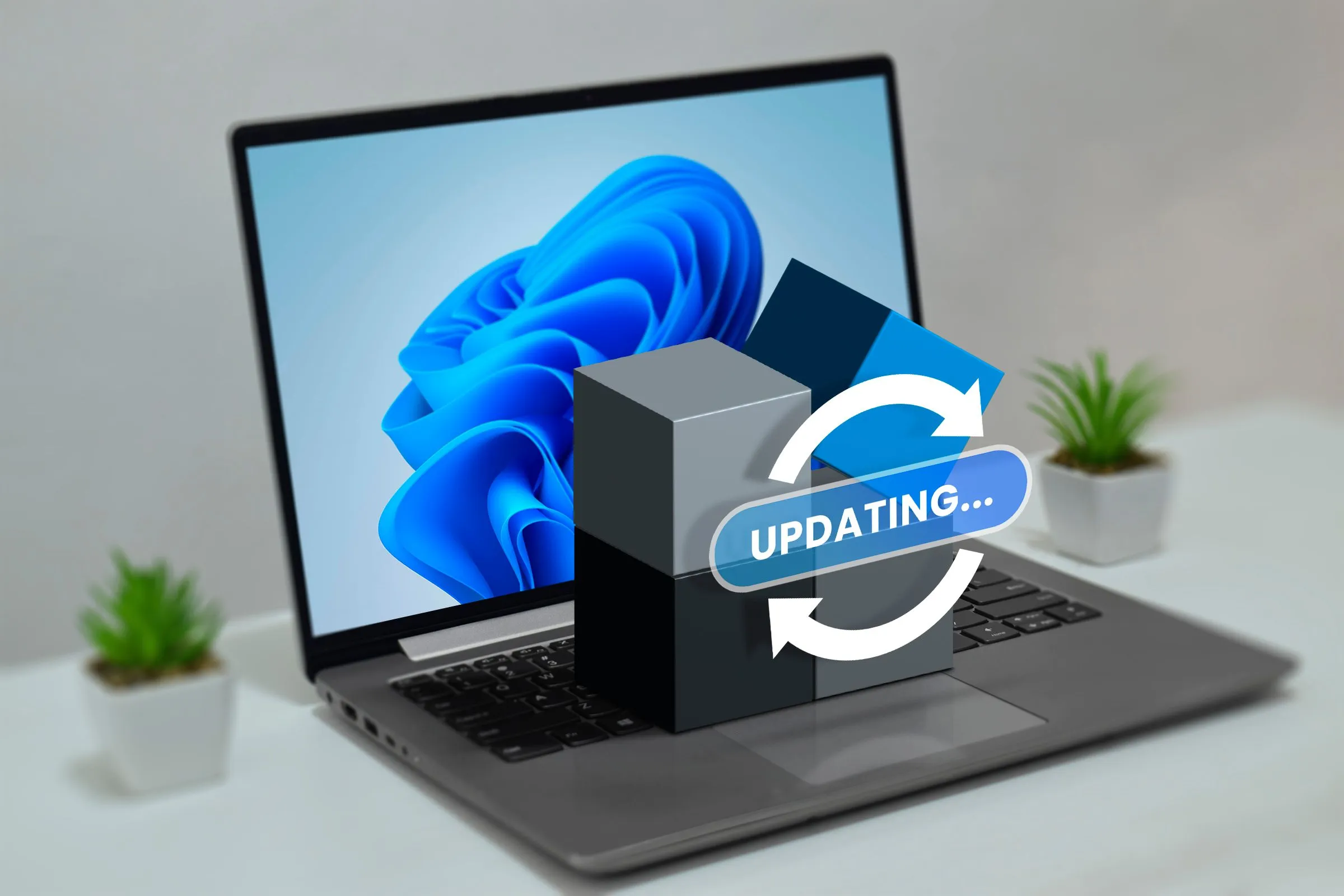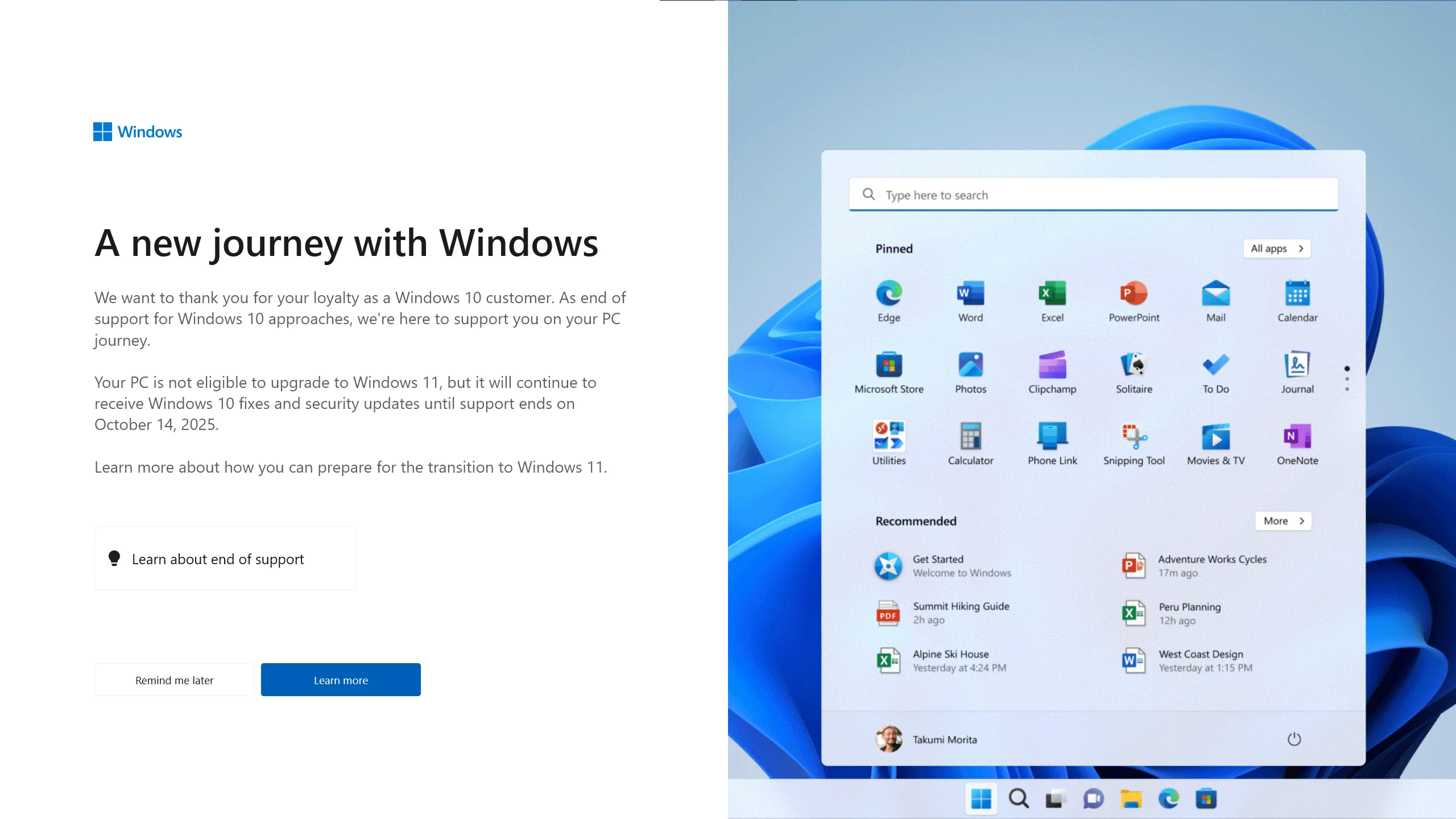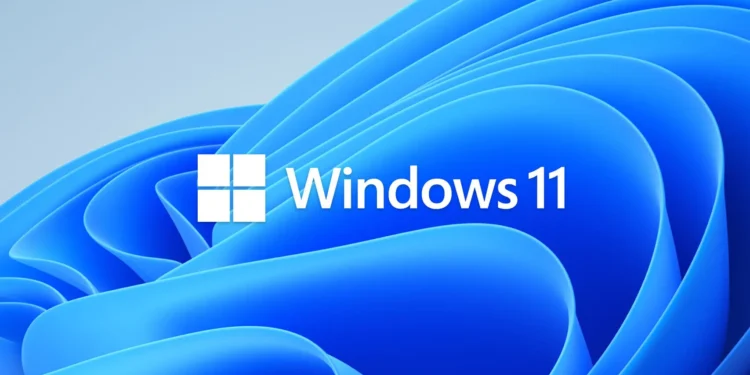Despite the bright allure of Windows 11, a significant portion of the gaming community on Steam remains anchored in the familiar realm of Windows 10. As the October 14, 2025, end-of-life deadline for Windows 10 approaches, one might expect a massive migration towards the newer operating system. However, recent data paints a different picture—nearly half of Steam’s users are not ready to leave Windows 10 behind.

Steadfast Loyalty or Reluctance to Change?
The January 2025 Hardware & Software Survey from Steam reveals a curious loyalty among its users: over 44% continue to operate on Windows 10, while a slight majority have transitioned to Windows 11. This split showcases not just a reluctance but perhaps a calculated decision by gamers to stick with what works. As the saying goes, “If it ain’t broke, don’t fix it,” and for many, Windows 10 is far from broken.
Windows 11, which celebrated its fourth anniversary recently, was anticipated to be a quick successor to Windows 10. However, it hasn’t been the case. The modest differences between the two operating systems do not scream ‘mandatory upgrade’ for many users. Moreover, Windows 11’s stringent hardware requirements exclude a significant number of older but still capable machines, which can comfortably run the majority of PC games.

A Gradual Shift in Dynamics
The transition from Windows 10 to Windows 11 among Steam users has been slow but noticeable. Just last year, in September, Windows 10 users represented a slight majority. Since then, there has been a gradual decline—approximately 5%—in their numbers. This indicates a slow but steady acceptance of Windows 11, spurred perhaps by the looming end-of-life deadline of its predecessor.
The Popular Choice: Gaming Hardware on Steam
The same survey sheds light on the popular hardware choices among Steam gamers. The Nvidia GeForce RTX 3060 reigns as the GPU of choice, suggesting that gamers prioritize high-performance graphics capable of handling the most demanding games. Additionally, the standard configuration appears to be 16 GB of RAM and hard drives larger than 1 TB, with 100 to 249 GB of free space. This setup reflects the typical gamer’s need for substantial storage to accommodate an ever-growing library of games.

As Windows 10 nears its end-of-life, Microsoft’s cessation of support means no more software updates or security fixes, pushing the narrative for users to upgrade. Yet, the persistence of Windows 10 on such a large scale within the Steam community highlights a broader theme in technology adoption: the balance between advancements and the practical readiness of users to make the leap.










